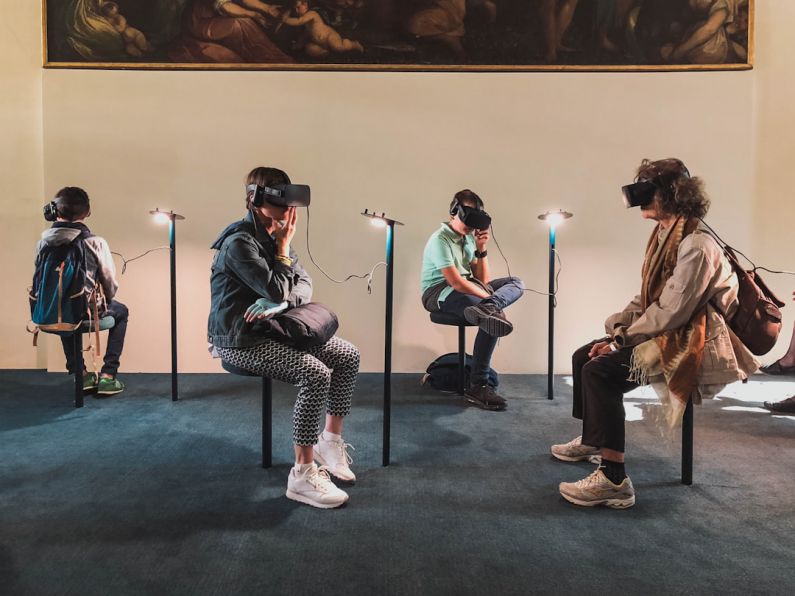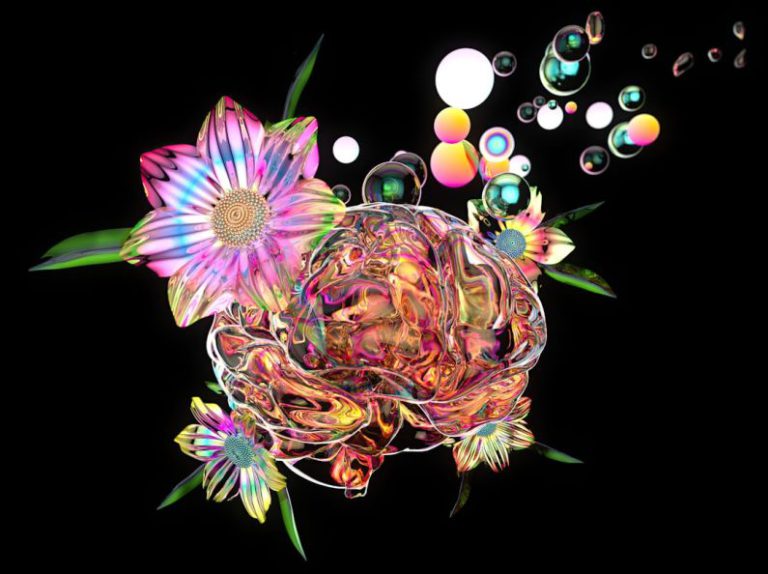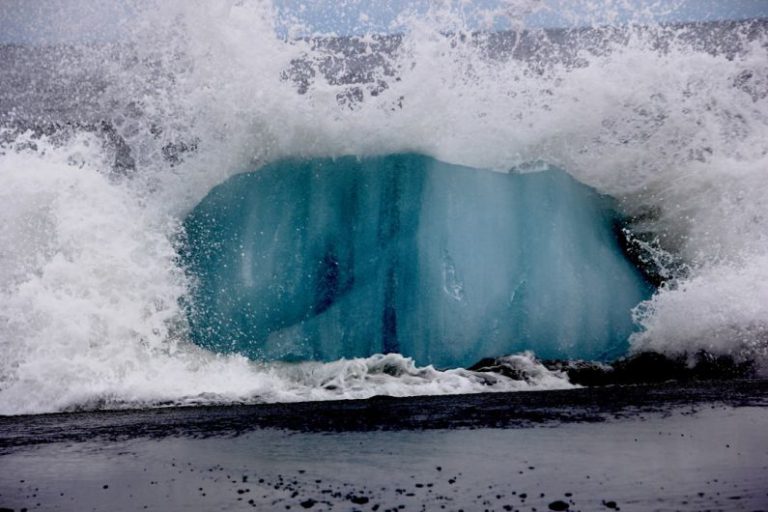Virtual Reality: a New Frontier for Creative Exploration
The world of technology is constantly evolving, pushing boundaries and creating new opportunities for innovation in various fields. One such innovation that has been gaining momentum in recent years is virtual reality (VR). Virtual reality is a computer-generated simulation of an environment that allows users to interact and immerse themselves in a virtual world. This cutting-edge technology has opened up a new frontier for creative exploration, offering endless possibilities for artists, designers, and creators to push the limits of their imagination.
Exploring Boundless Creativity in Virtual Worlds
Virtual reality provides a unique platform for artists and designers to unleash their creativity in ways that were previously unimaginable. By immersing users in a 3D environment, VR allows creators to design and manipulate spaces, objects, and experiences in ways that traditional mediums cannot replicate. Artists can sculpt, paint, and build in a virtual space without the constraints of the physical world, opening up a world of possibilities for experimentation and innovation.
The ability to transport users to fantastical worlds, surreal landscapes, and abstract realms offers artists a blank canvas on which to explore new ideas and concepts. From immersive art installations to interactive experiences, virtual reality allows creators to push the boundaries of traditional art forms and redefine the way we engage with art. By leveraging the power of VR technology, artists can create truly immersive and transformative experiences that captivate and inspire audiences in ways never before possible.
Revolutionizing Design and Architecture
In the realm of design and architecture, virtual reality is revolutionizing the way professionals conceptualize and visualize spaces. Architects and designers can now create virtual models of buildings, interiors, and landscapes, allowing clients and stakeholders to explore and experience spaces in a realistic and interactive manner. By immersing users in a virtual walkthrough of a design concept, architects and designers can communicate their vision more effectively and make informed decisions that lead to better outcomes.
Virtual reality also offers designers the opportunity to experiment with new forms, materials, and structures in a virtual environment before bringing them to life in the physical world. By simulating real-world conditions and interactions, designers can test and refine their ideas in a safe and cost-effective manner, reducing the risk of errors and ensuring the success of their projects. The ability to iterate and prototype in virtual reality empowers designers to push the boundaries of innovation and create truly groundbreaking work that pushes the limits of what is possible.
Enhancing Storytelling and Immersive Experiences
In the realm of entertainment and media, virtual reality is transforming the way stories are told and experiences are created. VR technology allows filmmakers, game developers, and storytellers to immerse audiences in narrative worlds and interactive experiences that blur the line between reality and fiction. By placing users at the center of the action, VR experiences engage the senses and emotions in a way that traditional media cannot replicate, creating a truly immersive and unforgettable experience.
From cinematic VR experiences to interactive storytelling, virtual reality offers a new frontier for creative exploration in the realm of entertainment. By combining elements of storytelling, interactivity, and immersive technology, creators can transport audiences to new worlds, engage them in compelling narratives, and evoke powerful emotions in ways that captivate and inspire. The ability to create personalized and interactive experiences in virtual reality opens up new possibilities for engaging audiences and redefining the way stories are told.
Embracing the Future of Creativity in Virtual Reality
As virtual reality continues to evolve and mature, its potential for creative exploration is only beginning to be realized. From art and design to architecture and entertainment, VR offers a new frontier for creators to push the boundaries of their imagination and create transformative experiences that captivate and inspire audiences. By embracing the possibilities of virtual reality, artists, designers, and creators can unlock new realms of creativity and innovation that have the power to shape the future of creative expression. In a world where the only limit is the bounds of our imagination, virtual reality offers a limitless canvas for creative exploration and a gateway to new dimensions of artistic and experiential possibilities.






